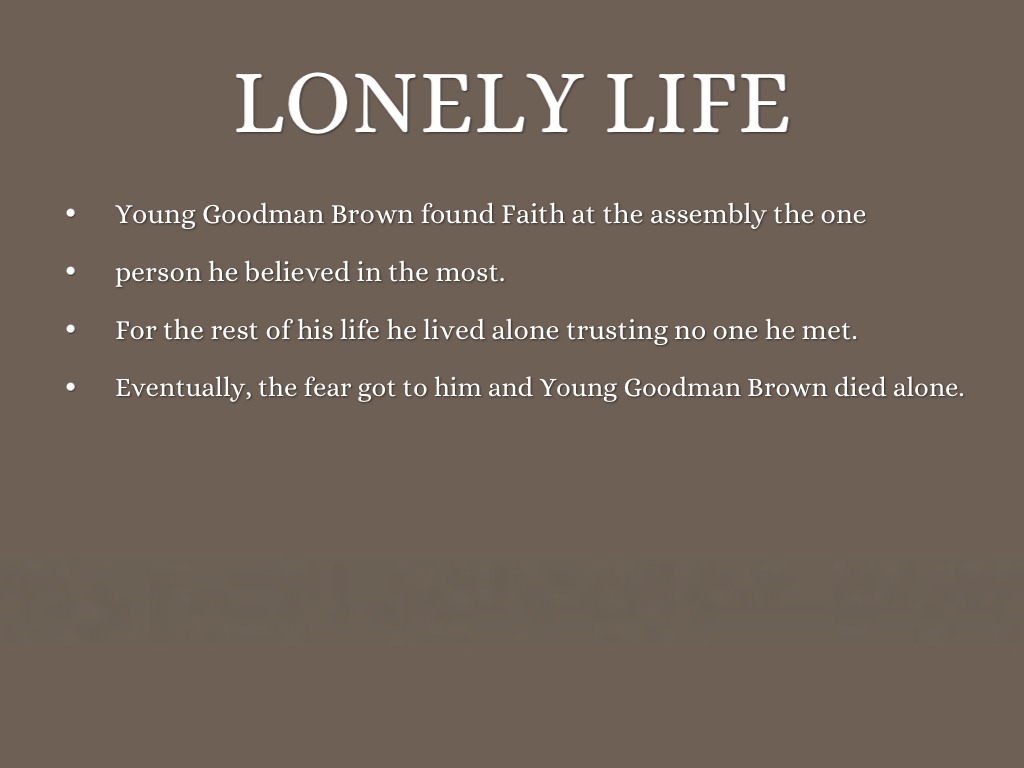In today's world, where social media has become an integral part of our lives, a new phenomenon has emerged known as "dry begging." This term refers to the act of subtly asking for help or support without directly stating the need for assistance. Unlike traditional begging, which is often accompanied by overt displays of neediness, dry begging takes a more nuanced approach. It manifests in various forms, from vague social media posts to indirect remarks in conversations that hint at a desire for aid or support. This article delves into the meaning, implications, and examples of dry begging, providing a comprehensive understanding of this modern behavior.
Dry begging can often be seen as a coping mechanism, especially in a society that values self-sufficiency and independence. Individuals who engage in dry begging may feel uncomfortable with direct requests for help, fearing judgment or rejection. As a result, they resort to more subtle methods, which can lead to misunderstandings and miscommunications. In this context, it is crucial to recognize the motivations behind such behavior and how it affects relationships in both personal and professional spheres.
As we explore the intricacies of dry begging, it becomes essential to question its effectiveness and the potential consequences it may have on the relationships involved. Is it a healthy way to express one’s needs, or does it create tension and confusion? This article aims to provide insights into these questions, shedding light on the dynamics of dry begging and encouraging open conversations about seeking help in a world that often stigmatizes vulnerability.
What is Dry Begging and How Did It Evolve?
Dry begging is a term that has gained traction with the rise of social media and digital communication. Unlike traditional begging, where the need for assistance is explicitly stated, dry begging involves indirect hints or suggestions that one might need help. This can take many forms, such as posting on social media about financial struggles without asking for support, or making vague comments during conversations that allude to needing assistance. The evolution of this behavior can be attributed to several factors:
- Social media pressure to appear self-sufficient
- Fear of judgment from others
- Cultural stigma surrounding asking for help
Who is Most Likely to Engage in Dry Begging?
While anyone can engage in dry begging, certain groups may be more prone to this behavior. Individuals who struggle with self-esteem or have a fear of rejection may find it easier to hint at their needs rather than articulate them directly. Additionally, those who have experienced negative reactions when asking for help in the past may resort to dry begging as a protective mechanism. Understanding the demographics of those who engage in dry begging can help create empathy and awareness in our interactions.
Are There Differences Between Dry Begging and Direct Begging?
Yes, there are significant differences between dry begging and direct begging. While direct begging is overt and explicit, dry begging is characterized by subtlety and indirectness. Here are some key distinctions:
- Intent: Direct begging seeks immediate support, while dry begging often seeks emotional validation.
- Communication style: Direct begging is clear and straightforward, whereas dry begging relies on hints and suggestions.
- Audience reaction: Direct begging may elicit immediate responses, while dry begging can lead to confusion and mixed signals.
How Can You Recognize Dry Begging?
Recognizing dry begging can be challenging, especially in environments where individuals are skilled at masking their needs. Here are some signs to look out for:
- Vague social media posts expressing frustration or sadness
- Comments in conversations that imply financial or emotional struggles
- Subtle hints about needing assistance without a direct ask
What Are the Psychological Impacts of Dry Begging?
Engaging in dry begging can have several psychological implications for both the individual and their relationships. For the person dry begging, it may create feelings of isolation and frustration when their hints go unnoticed. On the other hand, recipients of dry begging may feel confused or unsure how to respond, leading to strained interactions. It's essential to understand these dynamics to foster healthier communication patterns.
Can Dry Begging Affect Relationships?
Yes, dry begging can significantly impact relationships. When individuals engage in dry begging, it can create a disconnect between them and their friends or family. Some potential effects include:
- Miscommunication and misunderstandings
- Frustration for both parties
- Potential resentment if needs are consistently unaddressed
What Are Effective Ways to Address Dry Begging?
Addressing dry begging requires open communication and a willingness to express needs clearly. Here are some effective strategies:
- Encourage individuals to articulate their needs directly
- Practice active listening to understand underlying emotions
- Create a supportive environment where asking for help is normalized
Is There a Healthy Balance Between Asking for Help and Dry Begging?
Finding a healthy balance is crucial for effective communication and relationship-building. It's essential to foster an environment where individuals feel comfortable expressing their needs while also being mindful of how they communicate those needs. Encouraging direct conversations about support can reduce the prevalence of dry begging and promote healthier connections.
Conclusion: Navigating the Landscape of Dry Begging
In conclusion, understanding dry begging is essential in today's interconnected world. By recognizing the behaviors associated with dry begging and fostering open communication, we can create a more supportive environment for those who seek help. Whether through direct requests or subtle hints, addressing the nuances of dry begging can lead to healthier relationships and a deeper understanding of our shared human experience.
| Personal Details | Bio Data |
|---|---|
| Name | John Doe |
| Age | 30 |
| Occupation | Social Media Manager |
| Location | New York, USA |
| Interests | Photography, Writing, Traveling |
Kat Timpf's Journey To Motherhood: Understanding Her Due Date
Unveiling The Charismatic Journey Of Jimmy Osmond
Pining For Kim Trailblazer: A Journey Through Her Life And Impact


